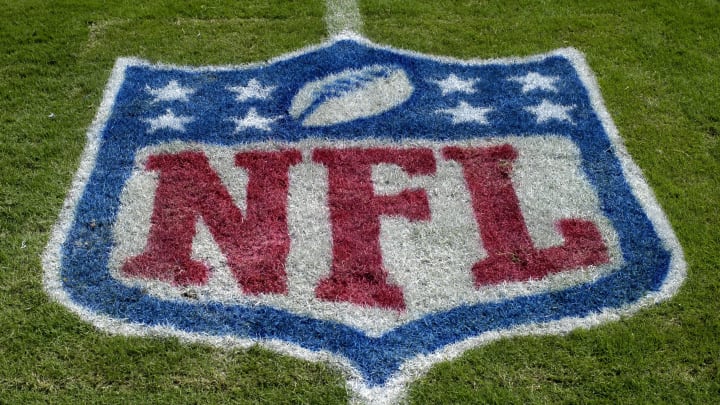NFL Waiver Wire Explained
By The Big Lead

The preseason games have ended and the end of training camp draws near across the NFL. On August 31, teams were required to cut down their rosters to 53 players, which meant each team let go of about 30 guys (give or take) in one day.
All players were cut by our definition of the term. But in the official transaction wire and in insider tweets across the league, some players are released and some are waived. What's the difference?
Waived vs. Release NFL
According to the NFL, players are "waived" if they have less than four years of service in the league. Whereas players who have been in the NFL for more than four years are "released."
Why does that matter?
NFL Waiver Wire Explained
If a player is released, they are free to sign with any team they want. No restrictions. Cam Newton, for example, has been in the NFL for a decade and thus can sign with any team he likes now that he was released. But if a player is waived, they go through the waiver wire.
Going through the waiver wire means any of the 32 franchises can claim the player in question and immediately sign him without needing to negotiate. Should multiple franchises want the same player, priority is determined by record. So if the Jaguars and the Buccaneers want the same player, the Jaguars get first dibs because they had a worse record last year.
There you have it. Go ahead and flaunt your newfound knowledge to your friends and colleagues.